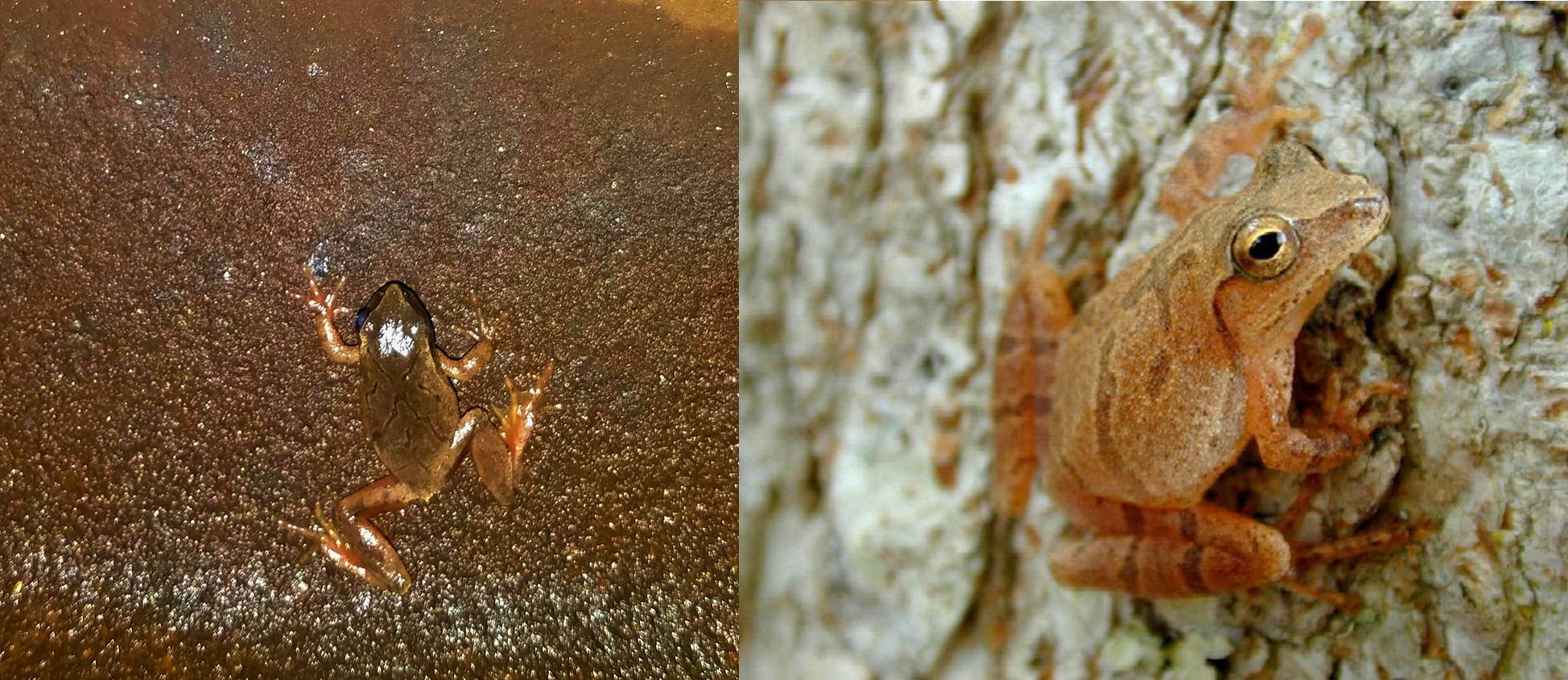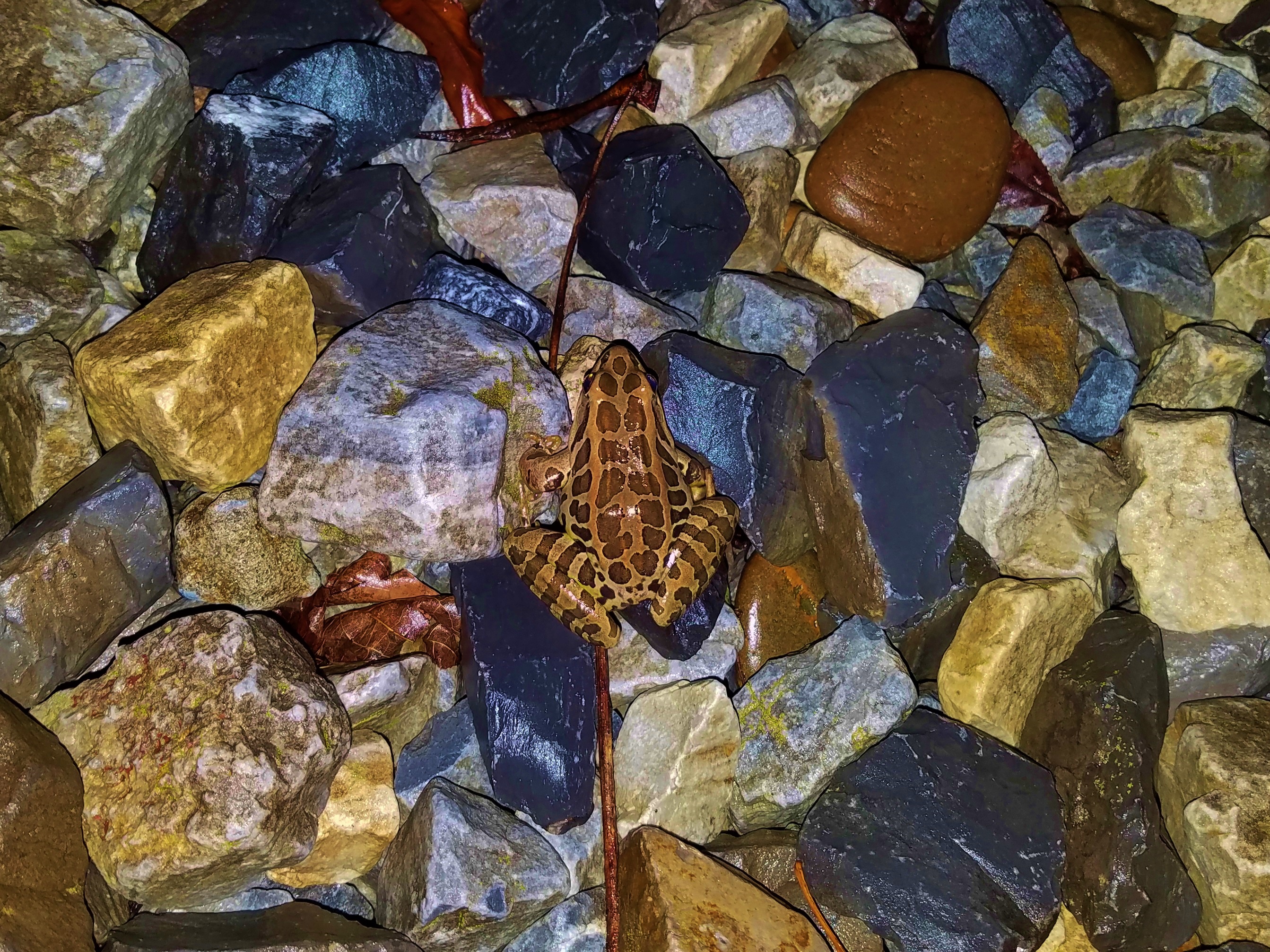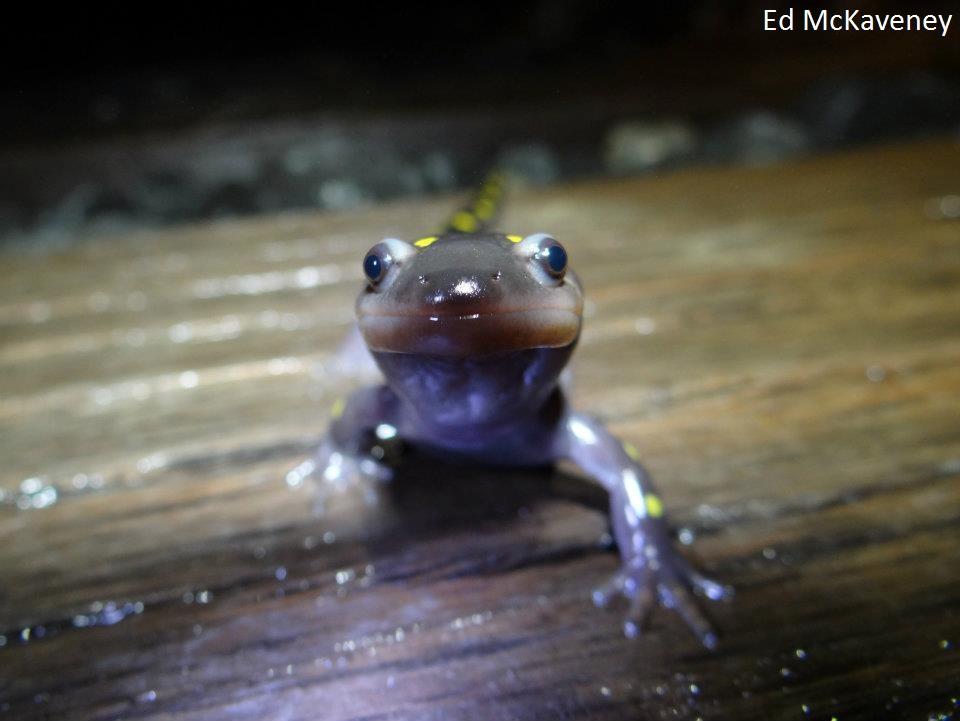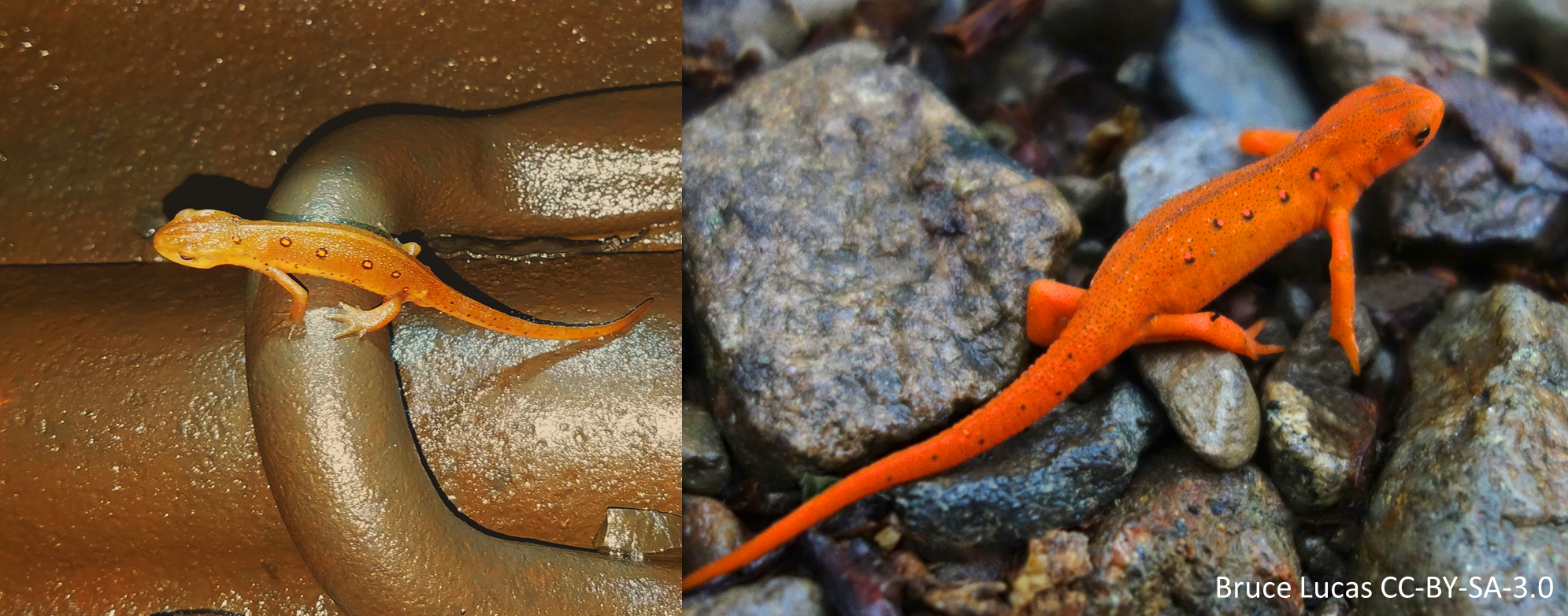Blog
_747_390_s_c1.jpg)
#bioPGH Blog: Marshy March!
 A resource of Biophilia: Pittsburgh, #bioPGH is a weekly blog and social media series that aims to encourage both children and adults to reconnect with nature and enjoy what each of our distinctive seasons has to offer.
A resource of Biophilia: Pittsburgh, #bioPGH is a weekly blog and social media series that aims to encourage both children and adults to reconnect with nature and enjoy what each of our distinctive seasons has to offer.
April showers bring May flowers, but what do March showers bring? Wet, soupy conditions that are perfect for breeding frogs and salamanders, of course! (Perhaps I should work on my rhyming skills…) With this current weather, these warmer, rainy evenings of spring are the perfect time to venture near a vernal pool or wetland to see a crucial part of amphibian life cycles — the breeding season. Let’s check out what’s happening this time of year!
Our amphibian adventures takes places in a very important kind of habitat: vernal pools. Vernal pools are defined as small seasonally-present wetlands or pools that are often found in little depressions of land. They can be fairly small, maybe a few square yards, or the size of a small, shallow pond; and they have no permanent water source or drainage - completely relying on annual precipitation and snow melt to fill them. What differentiates vernal pools from an ordinary big puddle is their predictable annual arrival and the fact that they are heavily used by some species every spring because of their predictable appearance. Importantly, since they aren’t permanent bodies of water, they tend to lack predators like fish. Thus, they are perfect sites for animals like frogs and salamanders to lay eggs.
If we take a visit to a vernal pool and the surrounding area this time of year, we would find it bustling with activity! Below are creatures I have found in the Pittsburgh area on these spring nights over the years
Spring Peepers— Pseudacris crucifer

Right, Spring Peeper near Pine Creek, Maria Wheeler-Dubas. Left, photo credit: USGS
Males called loudly around the vernal pools, doing their best to attract females. Like most frogs, they are external fertilizers, meaning sperm and eggs are released into the water of a pool or marsh to fertilize. Spring peepers’ eggs hatch only 1-2 weeks after fertilization, and the tadpoles morph into adults after approximately two months.
Pickerel Frog— Lithobates palustris

In the summer, pickerel frogs are found in wooded or meadow areas, but in springtime, they can be spotted near calm and quiet water sources for laying their eggs, making vernal pools a safe choice. Compared to the high peeps of the peepers, their call sounds like a low, slow version of just the first half of “rib-bit.”
Spotted Salamander— Ambystoma maculatum

Photo credit: Ed McKaveney
Early spring nights are really the only time of year to hope for a glimpse of this elusive species. For most of the year, as a type of mole salamander, spotted salamanders live underground near a water source. Since the forest floor provides a veritable feast of invertebrates (insects, snails, worms and such), the salamanders have little reason to often go on treks aboveground. However, on the first “warm” rainy nights of spring, when the temperature is hovering around 50 degrees Fahrenheit, spotted salamanders come out in the open to lay their egg masses in vernal pools.
Red-spotted newt— Notophthalmus viridescens

Left: Red-spotted newt on railroad tracks, Maria Wheeler-Dubas. Right, photo credit Bruce Lucas.
What is the difference between a salamander and a newt? Well, newts are actually within the family Salamandridae, so they are a kind of salamander. Newts tend to have dry, bumpy skin while the rest of the salamanders tend to have wet, smooth skin (nature rarely operates in absolutes). Salamanders also have costal grooves—little ridges along their sides that almost look like the ridges of their ribs (though they aren’t actually ribs). Newts, on the other hand, are smooth along their sides. And, of course, newts, but not salamanders, may lead someone to begin quoting Monty Python.
Bonus Creature: Fairy Shrimp—Family Chirocephalidae
Intriguingly, vernal pools also make an excellent home for some little invertebrates that can tolerate complete desiccation (drying out)! Fairy shrimp, for example, are tiny relatives of shrimps and crabs, and they intentionally lay eggs in vernal pools because those eggs (called cysts) can survive the pool drying out over the rest of the year. The eggs then hatch once the pools are filled.
Enjoy the seasonal wonders! The tricky time of year will be gone quickly, so listen closely for any frogs call that you might hear, and take a moment to appreciate those vernal pools that play such an important role for all of these neighbors.
Connecting to the Outdoors Tip: If all of this talk has you excited for amphibians, check out the Pennsylvania Amphibians and Reptiles Survey! They have resources for learning to identify and spot various salamanders and frogs, and you can even submit your observations to be included in the state record. Pennsylvania also has a state Wildlife Action Plan that encourages citizens to get involved in monitoring wildlife and look for ways to support restoration. Learn a bit about the plan, and then check out Chapter 4, which is all about the ways we as citizens can get involved!
Resources
San Diego Zoo: Newts and Salamanders
PA Fish and Boat Commission: PA Amphibians and Reptiles
Michigan State University: Michigan Natural Features Inventory—Vernal Pool
National Wildlife Federation: Fairy Shrimp
#bioPGH Blog: Salamanders in the Spring
Photo credits: Header and cover Andreas Weith CC-BY-SA-4.0, Greg Schechter CC-BY-2.0; all other photos, video, and audio Maria Wheeler-Dubas unless otherwise noted.

